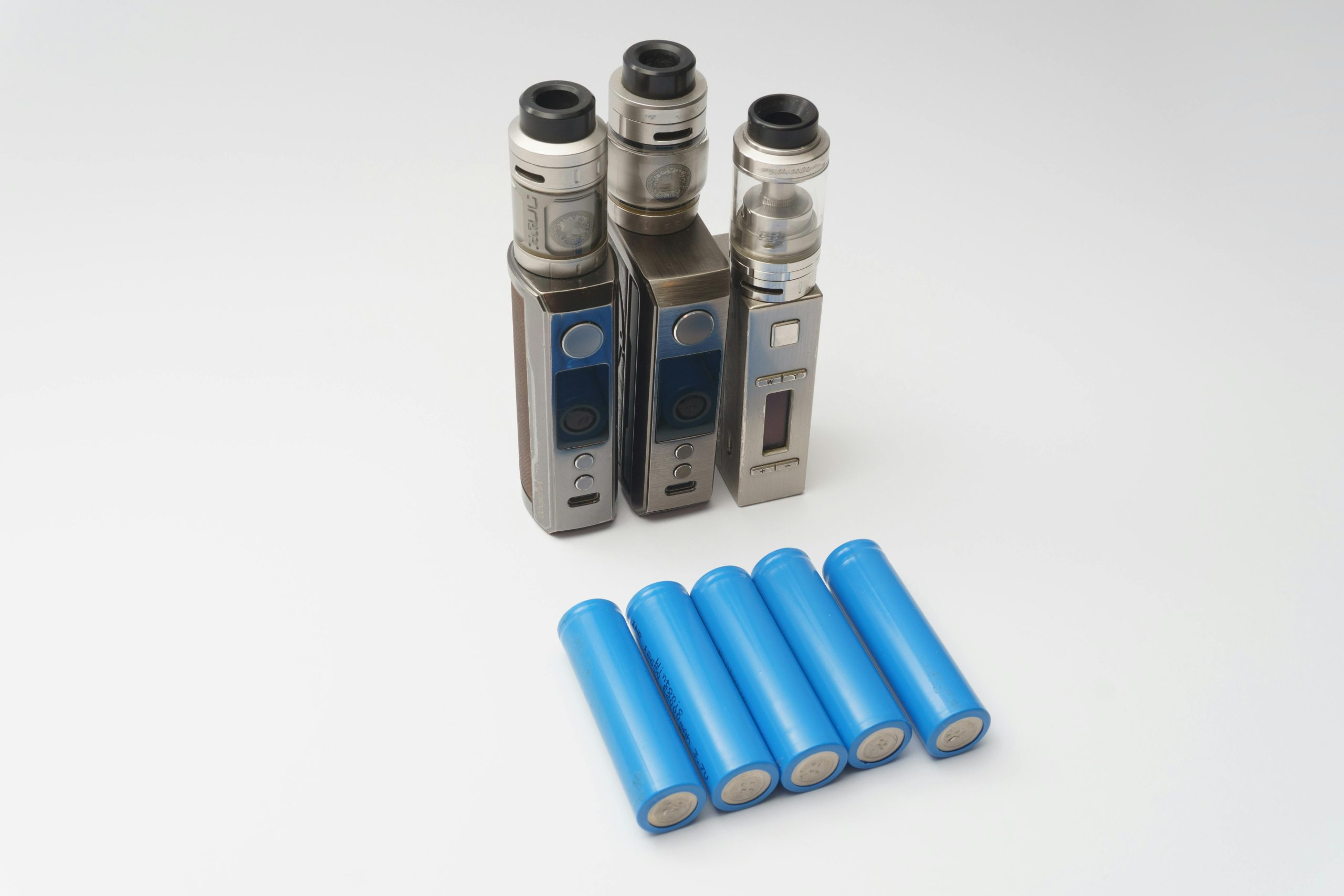E-Waste Secrets: Gadgets Most Likely to End in Landfills
As technology continues to advance at a rapid pace, more and more electronic devices are being produced and consumed. However, with this surge in technology also comes a significant increase in electronic waste, also known as e-waste. According to the United Nations University, the world generated a staggering 53.6 million tons of e-waste in 2019 alone, and this number is only expected to rise. One of the biggest challenges with e-waste is that a large percentage of it ends up in landfills, posing serious environmental and health hazards. In this article, we’ll reveal the top gadgets that are most likely to end up in landfills and provide some solutions to help reduce this growing problem.
Smartphones
Smartphones have become an essential part of our daily lives, and the average lifespan of a smartphone is only around 2-3 years. This means that millions of devices are being discarded every year, contributing to the e-waste crisis. The main reason for this is that newer models are constantly being released, tempting people to upgrade their phones even if their current one is still functional. Moreover, due to the rapid technological advancements, manufacturers are making it difficult and expensive to repair or replace individual parts, making it more convenient for consumers to discard and purchase a new device.
Solution: Upgrade to a Sustainable Smartphone
One solution to reduce the amount of e-waste from smartphones is to opt for a sustainable one. Companies such as Fairphone and Shift are now offering smartphones made from ethically-sourced and recyclable materials, with a modular design that allows for easy repair and upgrades. These sustainable smartphones not only help reduce e-waste but also have a lower carbon footprint, making them a more eco-friendly choice.
Laptops and Computers
Another major contributor to e-waste is laptops and computers. Like smartphones, they have a short lifespan, with the average being around 4-5 years. The constant release of new and improved models, as well as the difficulty in repairing and upgrading, make them highly disposable items. Moreover, improper disposal of laptops and computers can release toxic substances such as lead and mercury into the environment, causing harm to both humans and wildlife.
Solution: Proper Disposal and Recycling
Educating yourself on proper disposal and recycling methods for laptops and computers is crucial. Some computer manufacturers offer take-back programs where they responsibly dispose of your old device. There are also e-waste recycling facilities that can safely and efficiently recycle your old electronics. By properly disposing of these items, you can reduce the amount of e-waste that ends up in landfills and decrease the harm to the environment.
TVs
TVs are yet another electronic item that has a significant impact on e-waste. With the rise of streaming services, many people are ditching their old TVs for newer models that offer better resolution and features. As a result, many older TVs are being discarded, with less than 10% being recycled.
Solution: Repair or Donate Your TV
One way to reduce e-waste from TVs is to repair or donate them. Most TV malfunctions can be easily fixed, so instead of discarding your old TV, consider getting it repaired. There are also organizations that accept used TVs and donate them to those in need. By choosing to repair or donate your old TV, you can help reduce e-waste and make a positive impact on someone’s life.
Conclusion
E-waste is a growing problem that requires immediate action. The gadgets we’ve discussed in this article are just a few examples of the many electronic devices that end up in landfills every year. By opting for more sustainable options, properly disposing of old devices, and donating whenever possible, we can all make a positive impact on reducing e-waste and creating a more sustainable future.











